
DEC Releases Guidelines for Algal Bloom Prevention Funding
The New York State Department of Environmental Conservation (NYSDEC) has released draft guidelines for public review and comment to implement funding under the Clean Water, Clean Air, and Green Jobs Environmental Bond Act of 2022 (Bond Act). These guidelines aim to...

Don’t Miss OSHA’s New PPE Rule!
On December 11, 2024, the United States Department of Labor announced that the Occupational Safety and Health Administration (OSHA) has finalized a revision to the personal protective equipment (PPE) standard for construction. The final rule explicitly requires the...
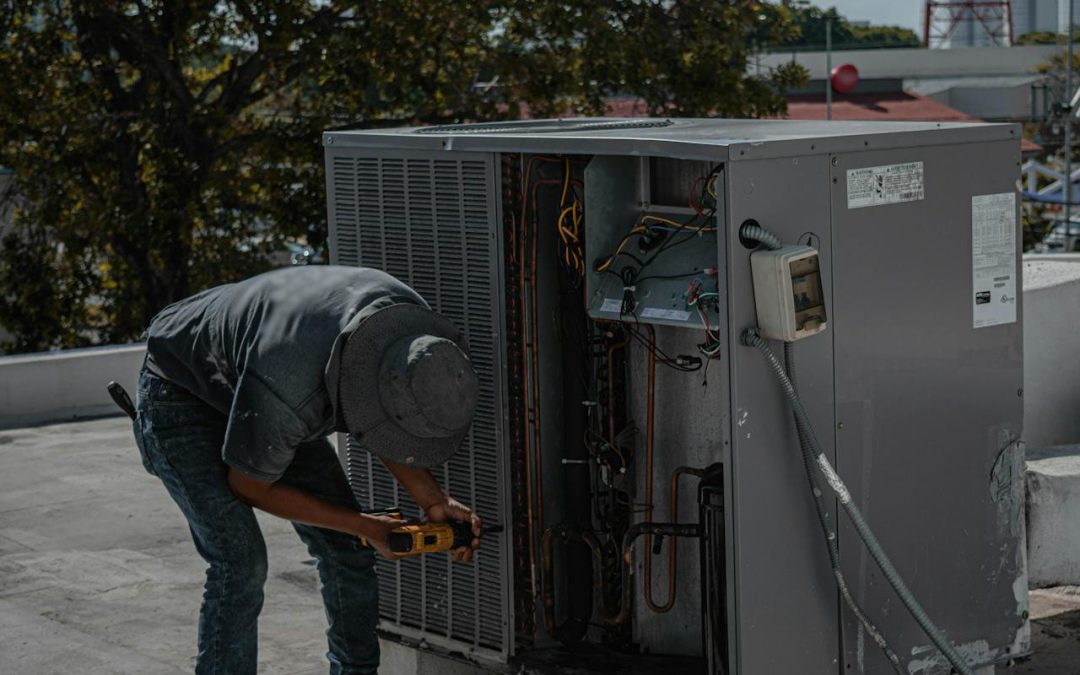
Tips for Preventing Illness in Cold Weather
As temperatures drop, we tend to spend more time indoors, which can lead to increased exposure to indoor air pollutants and higher risks of illness. Cold weather often brings a rise in seasonal flu, COVID-19, and other respiratory infections, making it essential to...
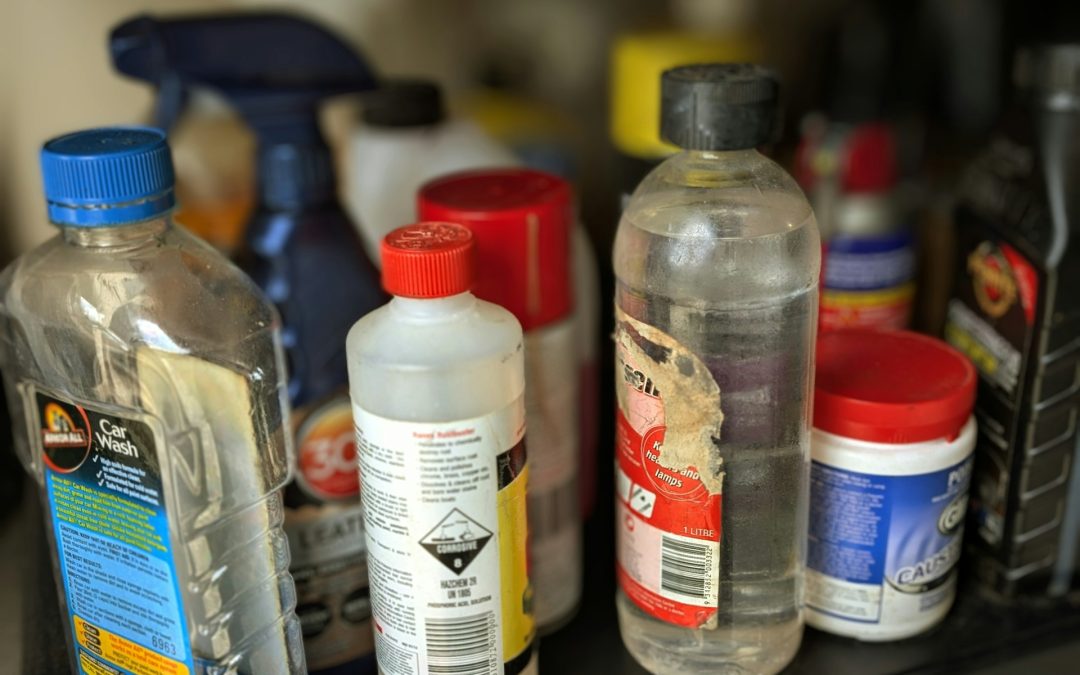
Prepare for the March 1 Annual Community Right-to-Know Tier II Reporting Deadline
As the year draws to a close, it’s time to prepare for the March 1 Annual Community Right-to-Know Tier II Report Filing Deadline with the New York City (NYC) Department of Environmental Protection (DEP). NYC facilities that store, use, or handle hazardous substances...

OSHA’s New Injury and Illness Reporting Requirements
Starting in January 2025, the Occupational Safety and Health Administration (OSHA) will implement stricter injury and illness reporting requirements for certain establishments. These changes aim to enhance workplace safety by increasing transparency and improving data...

New York’s New Retail Worker Safety Act
On September 5, 2024, New York State took a significant step toward improving workplace safety by enacting the Retail Worker Safety Act. This new law requires the New York Department of Labor and certain employers to implement robust programs and policies to prevent...
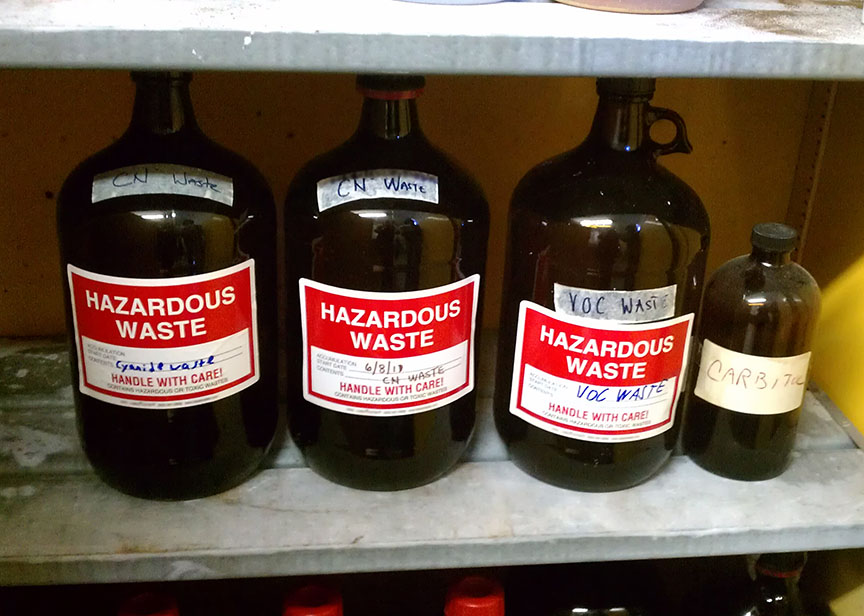
What You Should Know About Proper Waste Management
If you operate a business, you are most likely producing waste. Waste can range from general trash and recycling to hazardous, non-hazardous, or biohazardous waste. For example, a medical facility may produce biohazardous waste, while industrial and commercial...
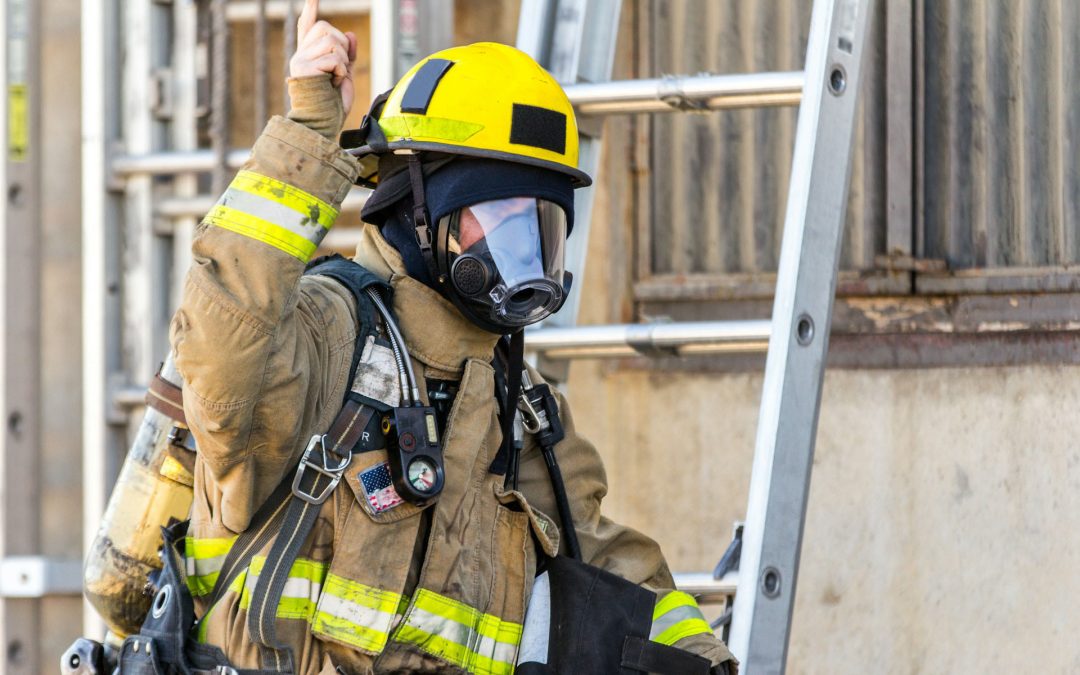
Preventing and Extinguishing Lithium-Ion Battery Fires
Lithium-ion batteries are used to power different products including e-bikes, cars, trucks, and e-scooters. Although the batteries are beneficial and have a high energy density, these products can catch fire during use, storage, or charging. The fires occur when the...

OSHA Proposes Rule on Heat Injury and Illness Prevention
On August 30, 2024, OSHA published a Notice of Proposed Rulemaking (NPRM) for Heat Injury and Illness Prevention in Outdoor and Indoor Work Settings in the Federal Register. This is not a new process. In fact, on October 27, 2021, OSHA published an Advance Notice of...
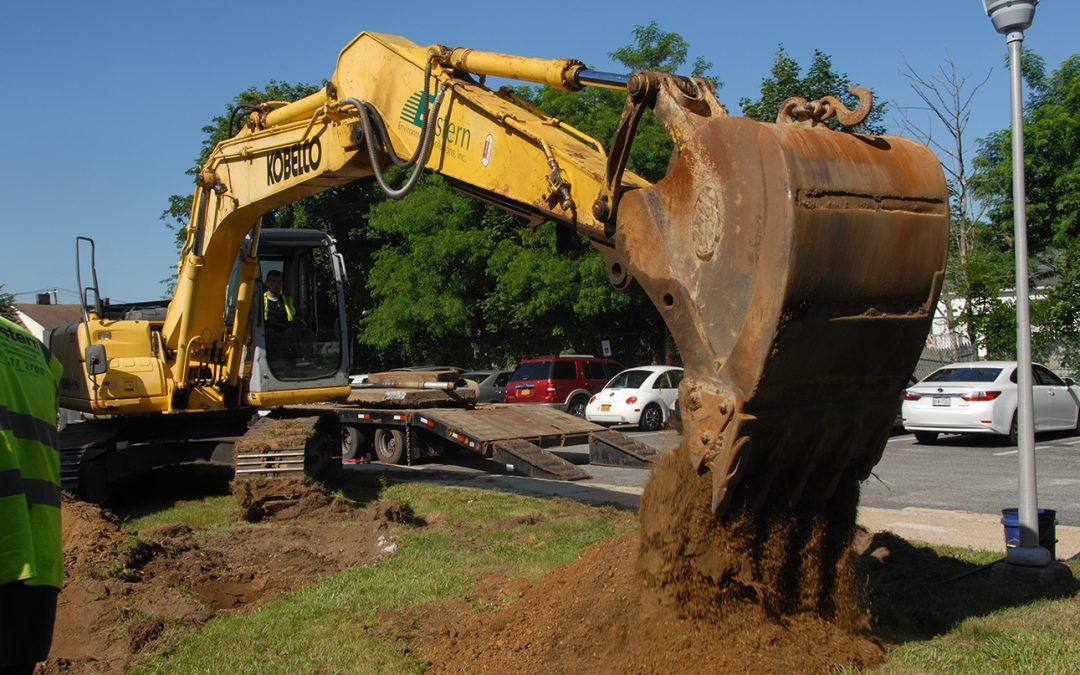
Why Is Erosion and Sediment Control Important?
Erosion is a natural process that involves the transportation of sediment from one location to another by wind or water. Human-driven processes such as construction can exacerbate the rate of erosion, impacting the surrounding ecosystems. Implementing an Erosion and...
